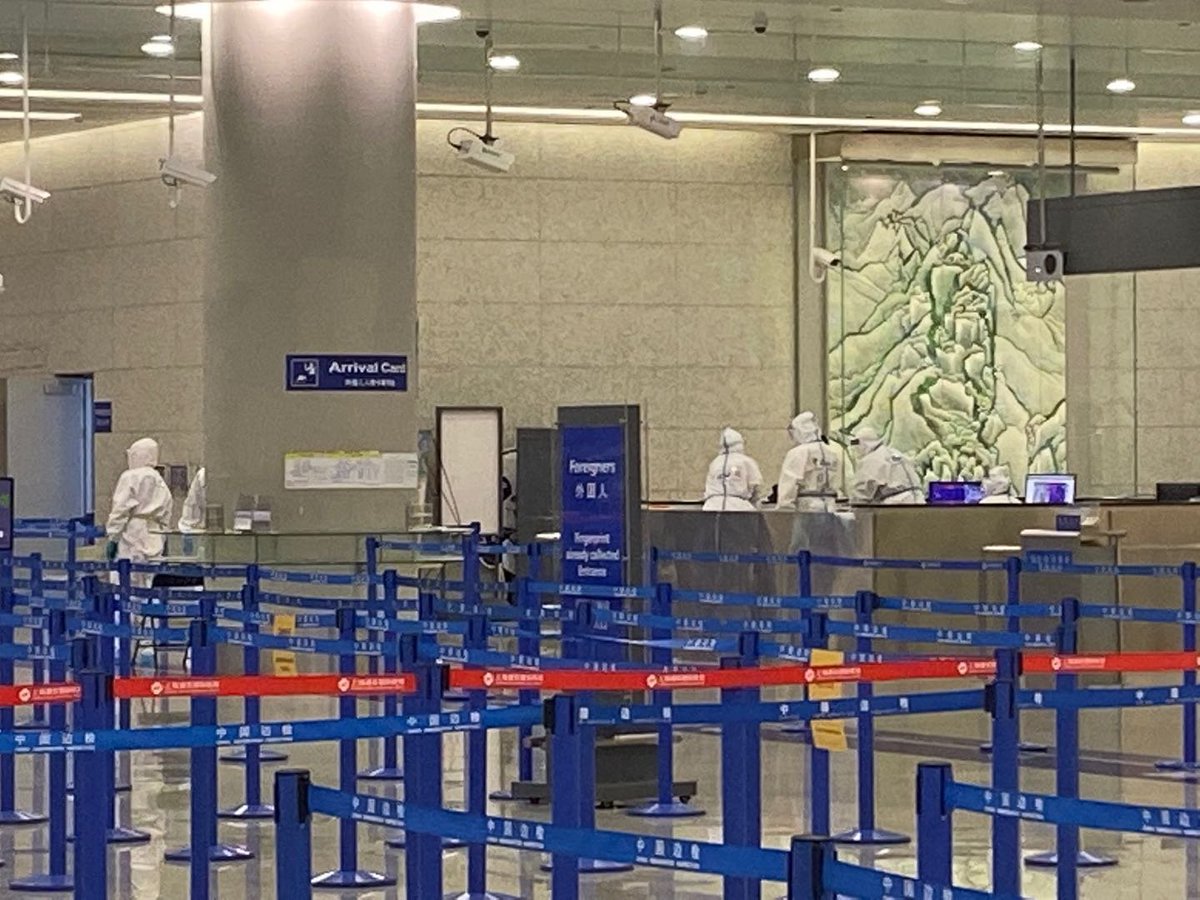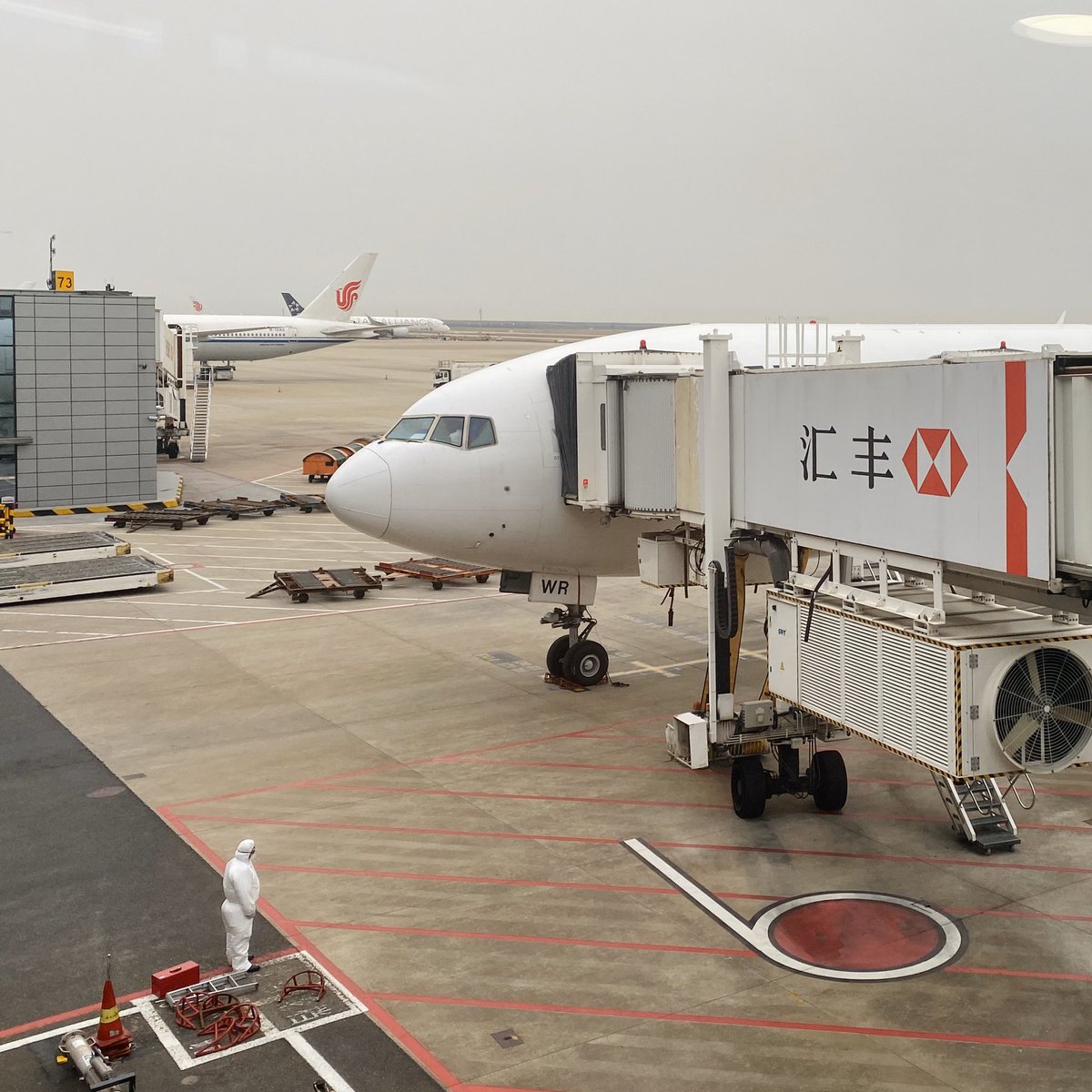Let's explore this topic from the perspective of Occupational Health and Safety (OHS).
/1
I am NOT a certified ISO / OHSAS professional, but you learn a lot from osmosis, including the hierarchy of control. /2
1. Elimination
2. Substitution
3. Engineering Controls
4. Administrative Controls
5. Personal Protective Equipment
There's a reason #PPE, including masks, is last. /3
The success of PPE controls depends on many factors: right fit, proper maintenance, training, correct use, etc.
It relies heavily on imperfect humans.
It supplements, but DOES NOT REPLACE, other measures. /4
In the case of the #coronavirus, this means quarantine, lockdowns, and staying far away from mass gatherings.
You cannot get sick if you do not come into contact with the virus.
/5
Teleworking is one example. People can still go to work without exposing themselves to disease.
Same for homeschooling.
As above, you can't get sick if you don't encounter a spreader. /6
Isolation wards, blocking off tables at restaurants, air filters and other measures.
People are still in proximity to each other, but the risk is reduced. /7
Now you know why the government and the media reiterates the same message every hour: #WashYourHands, #StayAtHome, etc.
But this relies on people actually following instructions. /8
Engineering and administrative controls try to REDUCE exposure.
PPE merely tries to MITIGATE the consequences of exposure.
In other words: wearing masks is the LEAST effective method of protection.
/9
Yes, they do.
But they fail to account for the above-mentioned factors.
The truth is, we don't know how effective masks truly are in everyday situations.
/10
-Healthcare personnel (HCP) attending to patients
-Patients
-Caregivers of patients at home
These situations require close prolonged contact (over 30 minutes, less than 2 metres), making it easy to catch a virus. /11
AND adhere to all the OTHER means of hazard control above.
Done properly, this completely eliminates their risk of catching the virus.
This is because they maintain a multi-layered defence. Not just PPE. /12
Yet understand that masks are only one component of PPE, and PPE is itself integrated into a wider set of protocols.
Do not fixate on masks. /13
Naturally, this means they are far less likely to spread disease if they wear masks.
That means confirmed patients have second priority for masks.
/14
This likelihood is further reduced by exercising proper hygiene, including washing hands, and IF the patient ALSO wears a mask.
(See above, Hierarchy of Control and multilayered defence.)
/15
We don't know.
There is insufficient data on the usefulness of masks in open spaces against transient contact with potential viruses.
With that said...
/16
You are ignoring the more effective control measures in favour of the least.
Your mask won't save you from stupidity. /17
However, even if it blocks 100% of virus particles (which, unless it is an N95 or better respirator fitted to your face, it can't), you're still not fully protected.
#Covid19 spreads through the eyes. Masks don't cover eyes.
/18
We don't know.
Thus, if you are not in full-body PPE, with goggles and mask and suit and gloves, if a #Covid_19 patient coughs on you, assume you'll get it.
/19
PPE is imperfect. A mask alone may not be enough.
But if you organize your life to eliminate, reduce and mitigate exposure to the virus, you won't need the mask. (Usually.)
/20
#StayHomeStaySafe
#WashYourHands
#DontTouchYourFace
If you don't leave an opening for the virus to enter your life, you won't contract it.
PPE -- i.e. a mask -- is your last resort, to supplement all other measures. NOT replace them.
/21
Good luck, God bless, and stay safe.
This pandemic is a long way from being over. We all have to do our part.
/end







